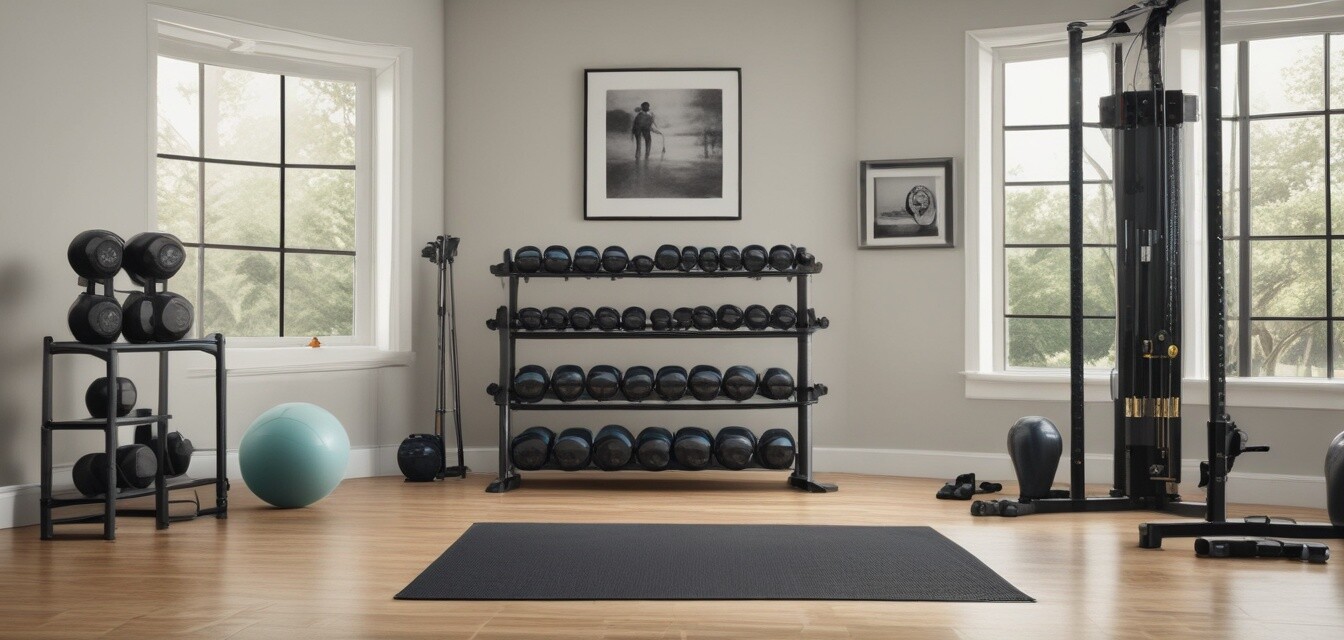
Building Strength Safely: Guidelines for Senior Strength Training
Key Takeaways
- Warm-up and cool-down exercises are crucial to prevent injuries.
- Start with light weights and gradually increase resistance.
- Recognize and listen to your body’s signals to avoid overexertion.
- Consult with a healthcare professional before starting any new exercise program.
- Focus on proper form and technique to minimize injury risk.
Building strength as a senior can enhance your overall health and fitness; however, safety must always be a priority. With the right guidelines and precautions, seniors can engage in strength training to build muscle, improve balance, and enhance their quality of life. In this article, we explore essential safety tips and best practices for strength training among seniors.
Understanding the Importance of Safety in Strength Training
Strength training can provide numerous benefits for seniors, including increased muscular strength, better posture, and enhanced mobility. However, without proper safety measures, the risk of injury can increase significantly. Here are a few reasons why safety is paramount:
- Prevention of injuries such as strains, sprains, and falls.
- Ensuring long-term adherence to a fitness regimen.
- Helping seniors gain confidence in their abilities.
Essential Guidelines for Safe Strength Training
Follow these essential guidelines to stay safe while strength training:
1. Warm-Up and Cool-Down
Before any workout, it is crucial to warm up the body to prepare for movement. Similarly, cooling down post-workout helps prevent stiffness and maintains flexibility.
Effective Warm-Up Routine
- 5-10 minutes of light cardio (walking or stationary cycling).
- Dynamic stretching focusing on major muscle groups.
Cooling Down Techniques
- 5-10 minutes of gentle stretching to relieve tension.
- Deep breathing exercises to promote relaxation.
2. Start with Light Weights
It is essential for seniors to start with lighter weights and gradually increase the resistance as they become more comfortable and stronger. This approach helps in learning proper form and technique.
3. Proper Instruction and Technique
Having a certified trainer or physical therapist guide you through exercises can make a significant difference in ensuring you perform each movement correctly and safely. Proper technique reduces the risk of injury.
4. Listen to Your Body
Being attuned to your body’s signals is vital for avoiding overexertion. If you feel pain, dizziness, or extreme fatigue, it’s important to stop and reassess. Here’s what to keep in mind:
- Take breaks as necessary during workouts.
- Stay hydrated before, during, and after exercise.
- Consult a healthcare provider if experiencing discomfort.
5. Use the Right Equipment
Choosing appropriate strength training equipment is essential for safety. Some equipment that can be beneficial for seniors includes:
| Equipment Type | Description |
|---|---|
| Dumbbells | Lightweight and easy to handle, ideal for strength training. |
| Resistance bands | Offer variable resistance and are easy to store. |
| Yoga mats | Provide comfort and stability during floor exercises. |
Common Mistakes to Avoid
It's essential to be aware of common mistakes seniors might make during strength training:
- Skipping warm-up or cool-down stretches.
- Using weights that are too heavy too soon.
- Neglecting hydration during workouts.
Conclusion
Engaging in strength training is a positive step towards improving your physical health as a senior. By following the guidelines and tips outlined in this article, you can enjoy the benefits of strength training while minimizing the risk of injury. Remember, always consult with a healthcare professional before starting any new exercise routine and prioritize safety in every workout.
Pros
- Increases strength and overall fitness.
- Improves balance and coordination.
- Enhances mental well-being through regular activity.
- Can be done in various settings, including home or gym.
Cons
- Risk of injury if safety precautions aren't followed.
- Requires proper guidance for correct techniques.
- May need investment in equipment.
Explore More About Strength Training
For more information on strength training for seniors, check out the following links: